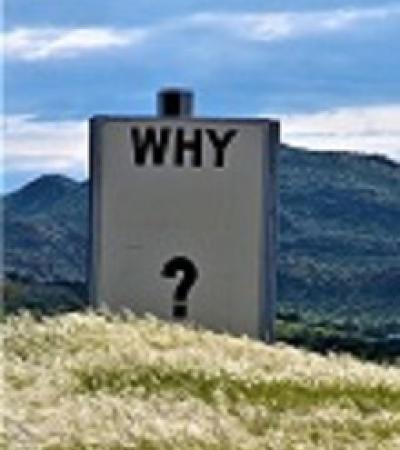When we were planning our large-scale, grant-funded health and wellness series for older adults, we knew we wanted to reach beyond our usual program attendees, and that meant trying a new location. Our tai chi program seemed like a good place to start.
One of our tai chi program's goals was to show our patrons the variety of senior-friendly spaces in and around the community they may not have frequented in the past. We suspected some of our community members weren't coming to the library because it was too far away or difficult for them to get to, and that if we brought our programs out into to the community we would all win big.
Sometimes this worked, sometimes it didn’t. Here's what we learned.

The win/win of it
To be successful in a new location, there is prep work involved; we didn’t just show up at a park one day and host a tai chi class at random.
We met with local parks and recreation departments months in advance and asked for recommendations of senior-friendly parks and locations. There was a lot to consider related to accessibility — parking, proximity to restrooms and shaded areas, and flatness of the ground. Our partners had to consider what other activities might be taking place during the dates and times we proposed, and what their staffing needs would be to take on this new partnership.
Ultimately, these offsite ventures were a win/win. We got to visit new locations, meet with members of our community we might not have otherwise engaged with, and brought our existing (and new) audience to locations on the Peninsula they may not have visited otherwise.
The downside
In our ideal vision of what offsite programming would look like, we had a slow-motion montage going on in our heads to the tune of “Happy Together” by The Turtles. Cue record scratch — that wasn’t always the case.
One of the main things we learned was that sometimes offsite program partnerships turned off our base audience. We heard countless times, “This program sounds wonderful, too bad it’s at (X location). I’ll go next time you do it at the main library.” It usually had nothing to do with the location itself, just the fact that the program wasn’t going to take place in one of our traditional library locations.
And here comes the old adage, “You can’t please everyone. ” Because, on the other hand, we met people who were not acquainted with their local library until they came to a tai chi program in the park.
The magic of a built-in audience
If there was one lesson we learned from taking our program series elsewhere, it was this: find an outside location with a built-in audience. If the program took place at a location where our target audience was already planning to be — such as an assisted-living facility — the program was usually a success. We also found success by partnering with teachers or presenters that had an existing following from a regular class they held.
Without that built-in audience, we faced an uphill battle, and the programs were poorly attended.
Don’t stop believin’
Now that our grant is over, we are taking time to rethink some of our grant program ideas and how we execute them. For now, we’re hosting all of our programs onsite at one of our library locations.
However, we do plan to go out into the community more; for some programs it just makes sense. For example, we are looking to host a Heart Healthy Walk. It's not feasible to set up a walking track in the library, so we will see what we can put together at a local park.
Sometimes it’s just a matter of setting a new precedent and, in a sense, training our community to accept some changes to how and where we offer library programs and services.


